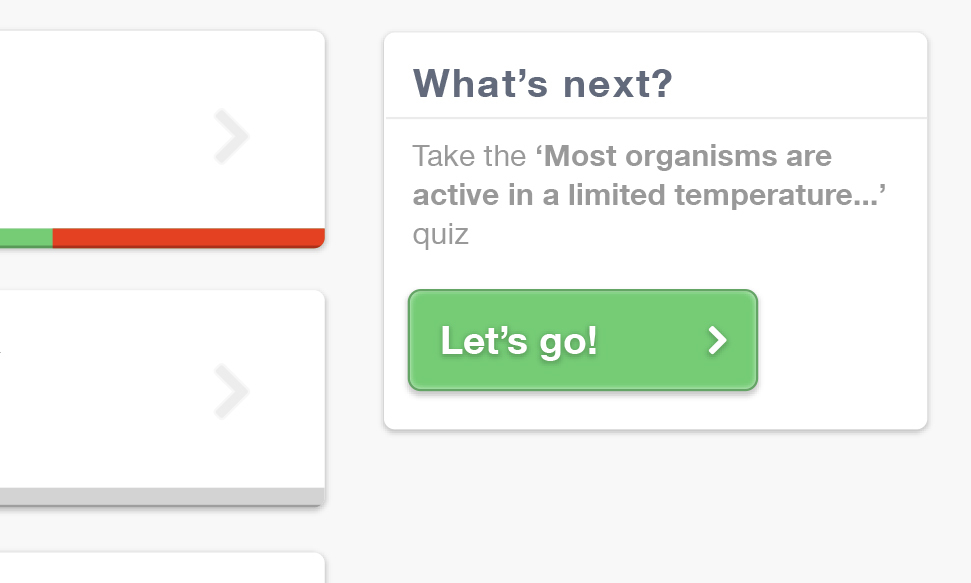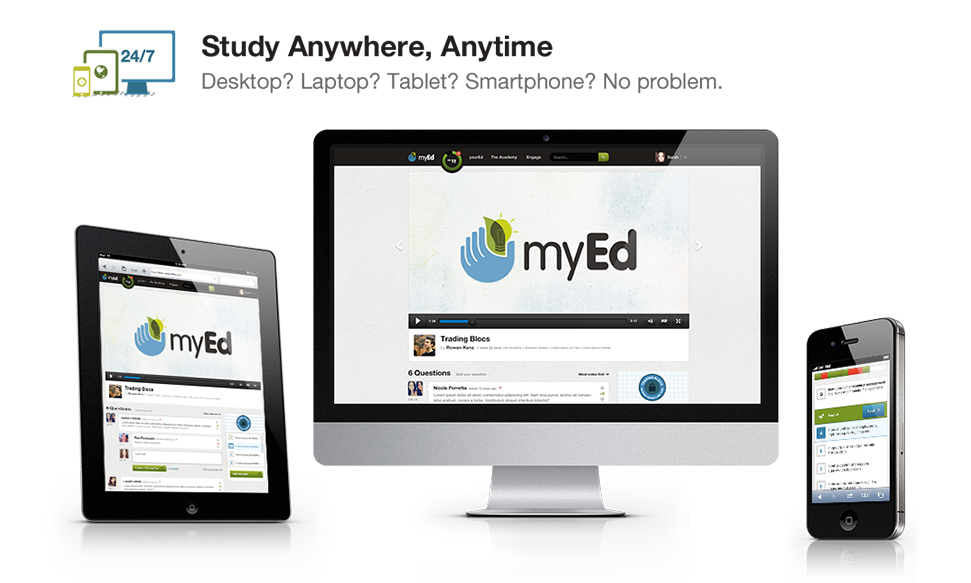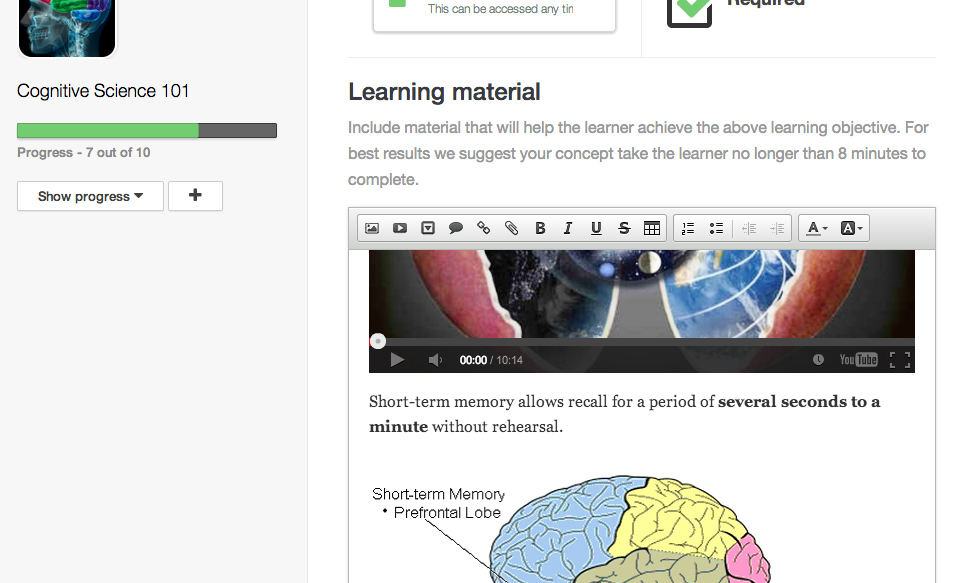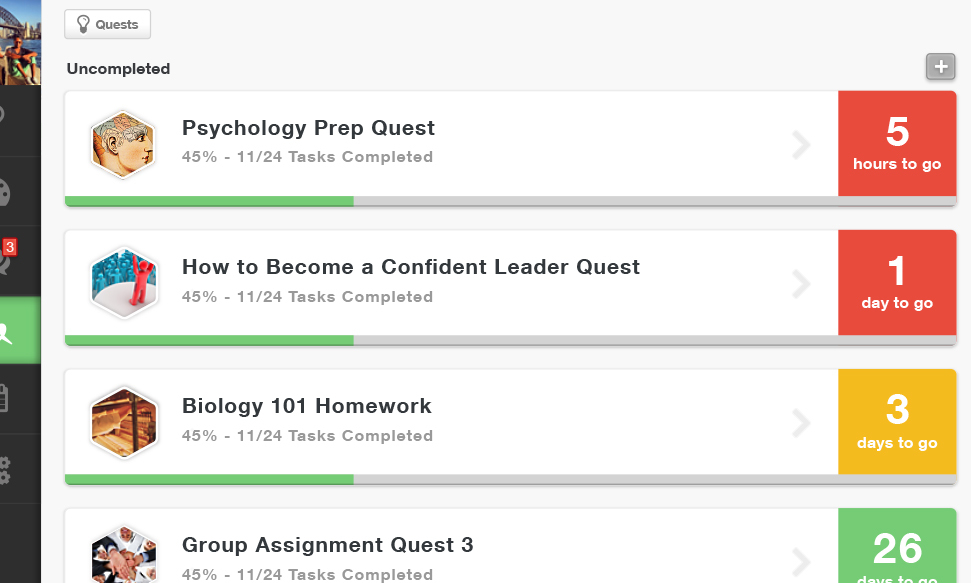Beta-Test A Next Gen Learning Management System?
This is 1 of 3 posts spruiking some really cool opportunities on my radar.
First is a chance to beta-test a next generation learning management system (LMS) (an LMS = Moodle, Scholaris, Desire2Learn, etc) which is looking for teachers to test it.
Just head here to get the gist of their system. See below for screenshots. Read on for a bit more info. If you want to pilot their system - click "join the closed beta" here.








You see, I've been meeting with these two 20-something geniuses, Rowan Kuntz and Yohan Dantan every month or two, with some other colleagues, as they've sought input into its development. "Geniuses"? Well, they're smart, insightful and passionate about learning, and have already grown their own medium-sized businesses while in their teens. Read their bios here. I won't be surprised if a big international tries to buy them out, because they've hatched a damn smart little duckling.
Why am I so excited by it?
- they've been emphatic that they wanted great learning, not content-grinding.
- their system combines structured learning paths with Edmodo-style collaboration and social learning... integrated!
- it allows a central skeleton structure for a main course pathway... while also allowing drag and drop side quests for learners
- it has an integrated learning-analytics PLUS gamification layer, woven into the system, i.e. badges, progress bars, suggested-quests, etc. It's really smart.
- did I mention it's not designed for CONTENT-GRINDING!!
- it is SCORM compliant... so you can import, for instance, a Moodle course
- the system looks beautiful. Let's face it, most LMSs are ugly. This looks like Apple designed it.
- it fits BYOD like a glove, with apps for Android, iPhones/iPads, + classic web access for Mac and PC.
So, if the time is right for you, why not drop them a line. They're keen for tests this year or early next year.
(Sneak peek at next two blog posts: #2 is concept of "Big History" and #3 is an amazing new original-resource website by my buddy Adrian Bruce.)














